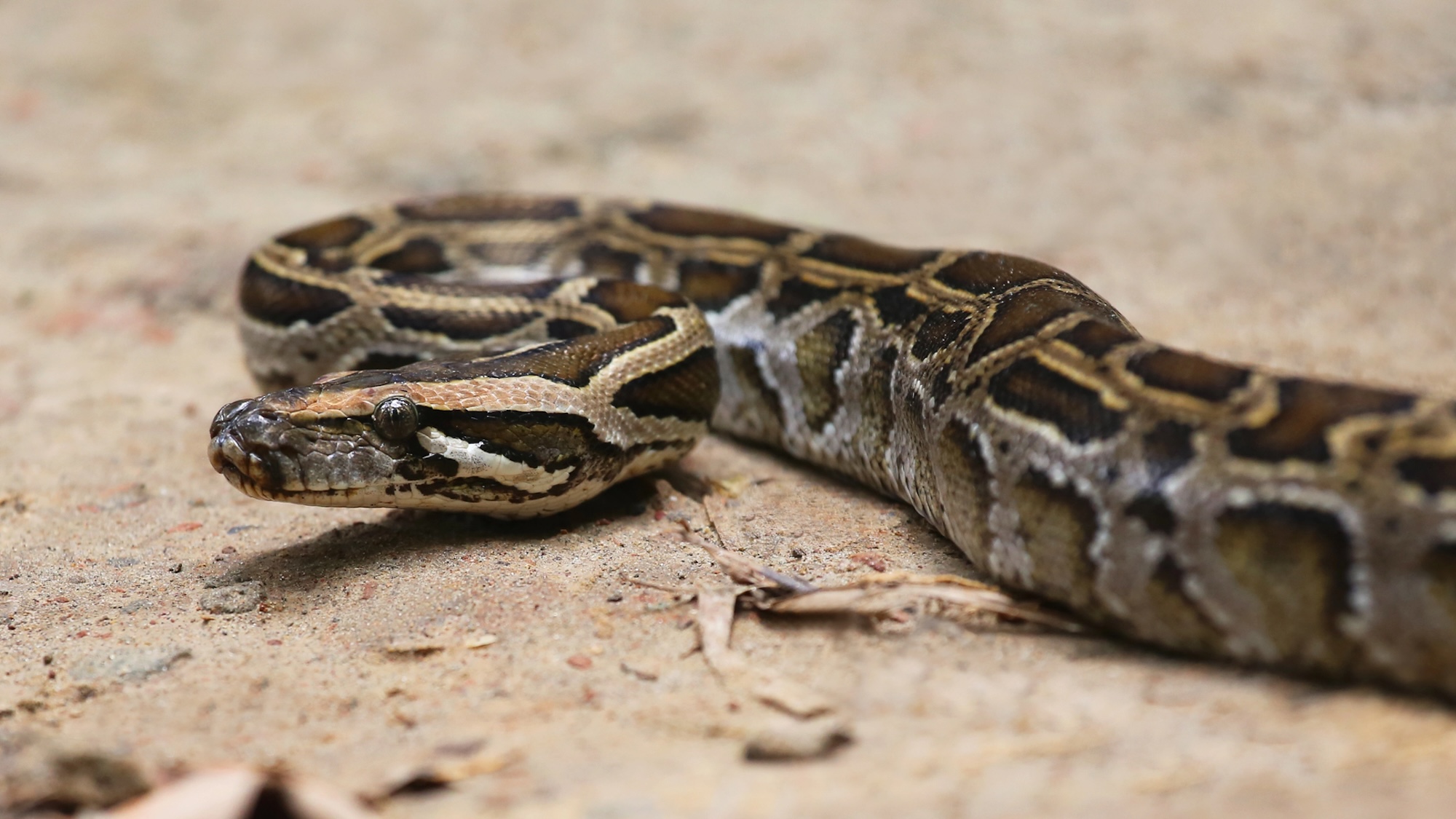Recent research has revealed how Burmese pythons can digest bones along with their prey, a capability that has intrigued herpetologists for years. The study, co-led by zoologist Jehan-Hervé Lignot from the University of Montpellier, was published in the Journal of Experimental Biology this week. The findings suggest that specialized stomach cells enable these reptiles to safely process calcium-rich skeletons.
The research team employed light and electron microscopy to examine the intestines of Burmese pythons, focusing on their unique feeding cycles, which include extended fasting periods. During their investigation, Lignot discovered small, unidentified particles along the intestinal lining. Initially suspected to be bone fragments, further analysis revealed they were actually produced by a new type of specialized cell.
The researchers designed experiments to observe the impact of different diets on the pythons’ digestive processes. They fed the snakes a standard diet of whole rodents, a low-calcium version of boneless prey, and another option that included boneless rodents with elevated calcium levels. Observations indicated that when the pythons consumed diets lacking bones, the specialized cells did not produce the same calcium, phosphorus, and iron particles. In contrast, the snakes that ate bone-in rodents or calcium-rich food exhibited ample production of these essential materials.
Notably, the pythons’ droppings showed no traces of bone fragments, confirming that the bones had been completely dissolved. This process marks a significant evolutionary adaptation, as similar particles have been found in insects and crustaceans, but this is the first identification in vertebrates.
Lignot noted the potential for a python to consume prey exceeding 30 percent of its body mass. Given that bones comprise approximately 9-10 percent of human body weight, pythons could obtain substantial amounts of vital minerals from their prey’s skeletons.
While Lignot has shifted focus to other areas of research, he encourages further studies to explore the evolutionary implications of these newly identified cells in other vertebrates. He remarked, “An evolutionary analysis would be awesome,” highlighting the importance of this discovery in understanding reptilian biology.
The exploration of how these unique stomach cells function may pave the way for greater insights into the dietary adaptations of other species, as researchers continue to delve into the complex world of snake physiology.







































































